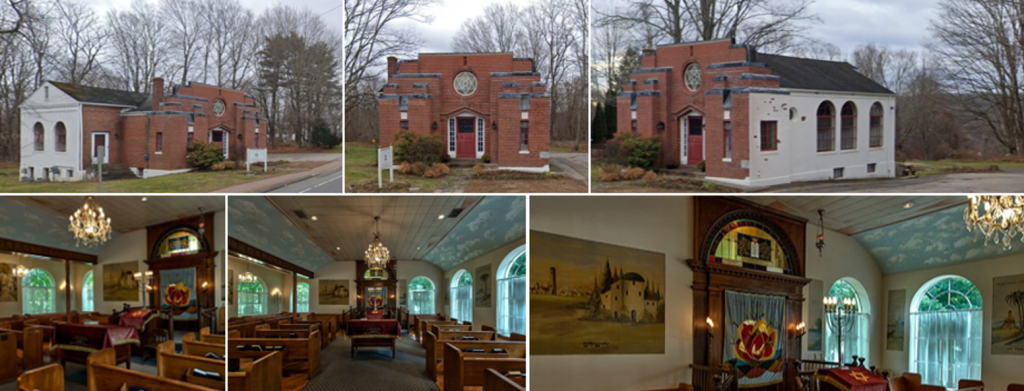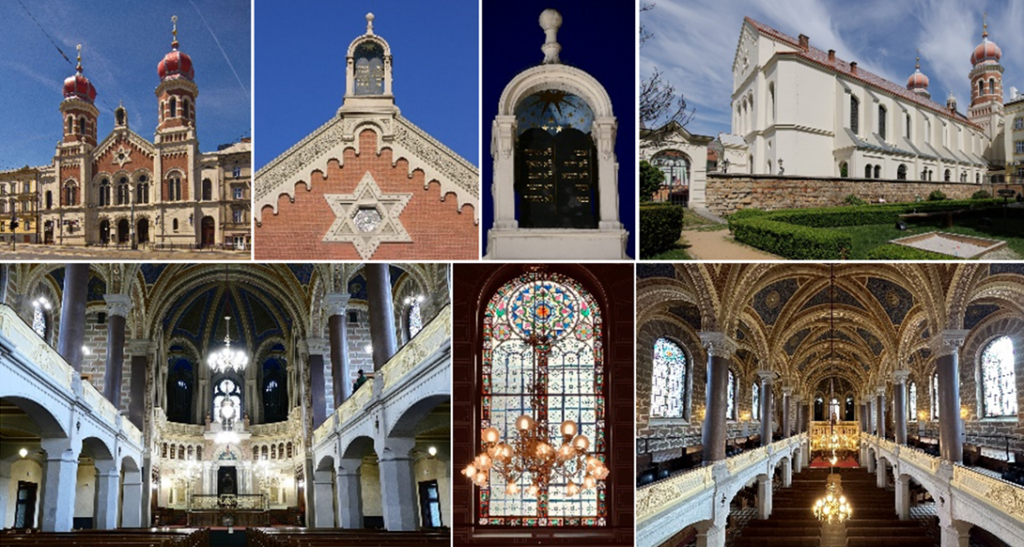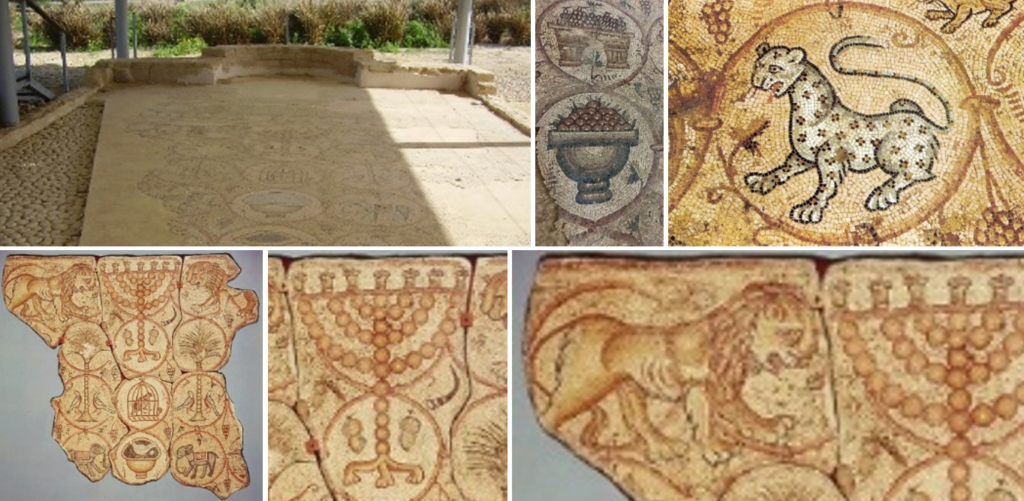
Nitzavim-Vayelekh:
Deuteronomy 29:9–30:20 and Deuteronomy 31:1-30, Isaiah 61:10–63:9
Nitzavim-Vayelekh (נִצָּבִים – standing and וַיֵּלֶךְ – he went): This double Torah portion presents Moses gathering the people of Israel before their entry into the Promised Land. He urges them to choose life and renew their covenant with God. It also marks the transfer of leadership from Moses to Joshua, emphasizing the choice between blessing and curse. The Haftarah (1) announces the return from exile and the comfort of the people of Israel.
Isaiah 56:7
I will bring them to my holy mountain and make them joyful in my house of prayer. Their burnt offerings and other sacrifices will be accepted on my altar.
וַהֲבִיאוֹתִים אֶל-הַר קָדְשִׁי, וְשִׂמַּחְתִּים בְּבֵית תְּפִלָּתִי–עוֹלֹתֵיהֶם וְזִבְחֵיהֶם לְרָצוֹן, עַל-מִזְבְּחִי:
For My house shall be called a house of prayer for all nations.
כִּי בֵיתִי, בֵּית-תְּפִלָּה יִקָּרֵא לְכָל-הָעַמִּים.”
This last part of the verse is engraved in gold letters on the lintel of the Enschede synagogue, built in 1928 by architects Anthonie Pieter Smits and Cornelis van de Linde(2). The synagogue is a remarkable work of modernist style, inspired by the designs of Karel de Bazel(3). With its clean lines and innovative use of materials, it is hailed as one of the most beautiful in the Mediene(4).
In 1730, the drost(5) of the Twente region authorized Jewish families to settle in Enschede. In 1913, the decision was made to build a new synagogue, as the community numbered about 1,200 members. The plans were completed in 1919, but construction began in 1927. By 1928, the synagogue, with a capacity of 600 people, was completed. The stained glass and mosaics were the work of Lambert Lourijsen (6).
During the war, like many communities, the Jews of Enschede were victims of Nazi persecution. The building, occupied by the Sicherheitsdienst (7), remained intact. After the war, the synagogue was immediately reused as a place of worship.
In 1996, all one hundred stained glass windows were restored by artist Annemiek Punt (8). From 2001 to 2004, a major restoration campaign was undertaken. The building is currently managed by the Twente Dutch-Israelite Municipality (9).
(1) Isaiah 61:10–63:9: The last of the Haftarot of Consolation, celebrating redemption and comfort for the people of Israel after Tisha B’Av.
(2) Anthonie Pieter Smits (1884-1957) and Cornelis van de Linde (1884-1959): Dutch architects who frequently collaborated, notably on the Enschede synagogue.
(3) Karel de Bazel (1869-1923): A Dutch architect known for his Art Deco and modern style, and the originator of the plans for the Enschede synagogue.
(4) One of the most beautiful in the Mediene (één van de mooiste van de Mediene): The term Mediene refers to Jewish communities outside major historical cities like Amsterdam.
(5) The drost or drossaard was, in the Netherlands, an administrative and judicial official responsible for regional management.
(6) Lambert Lourijsen (1885-1950): A Dutch artist and master stained glass artist, creator of the stained glass windows and mosaics in the Enschede synagogue.
(7) The Sicherheitsdienst (SD) was the security and intelligence organization of the Schutzstaffel (SS).
(8) Annemiek Punt is a Dutch artist specializing in stained glass.
(9) The Twente Dutch-Israelite Municipality (Nederlandse Israëlitische Gemeente Twente) is the religious organization managing local Jewish institutions and preserving Jewish heritage in the Twente region.








